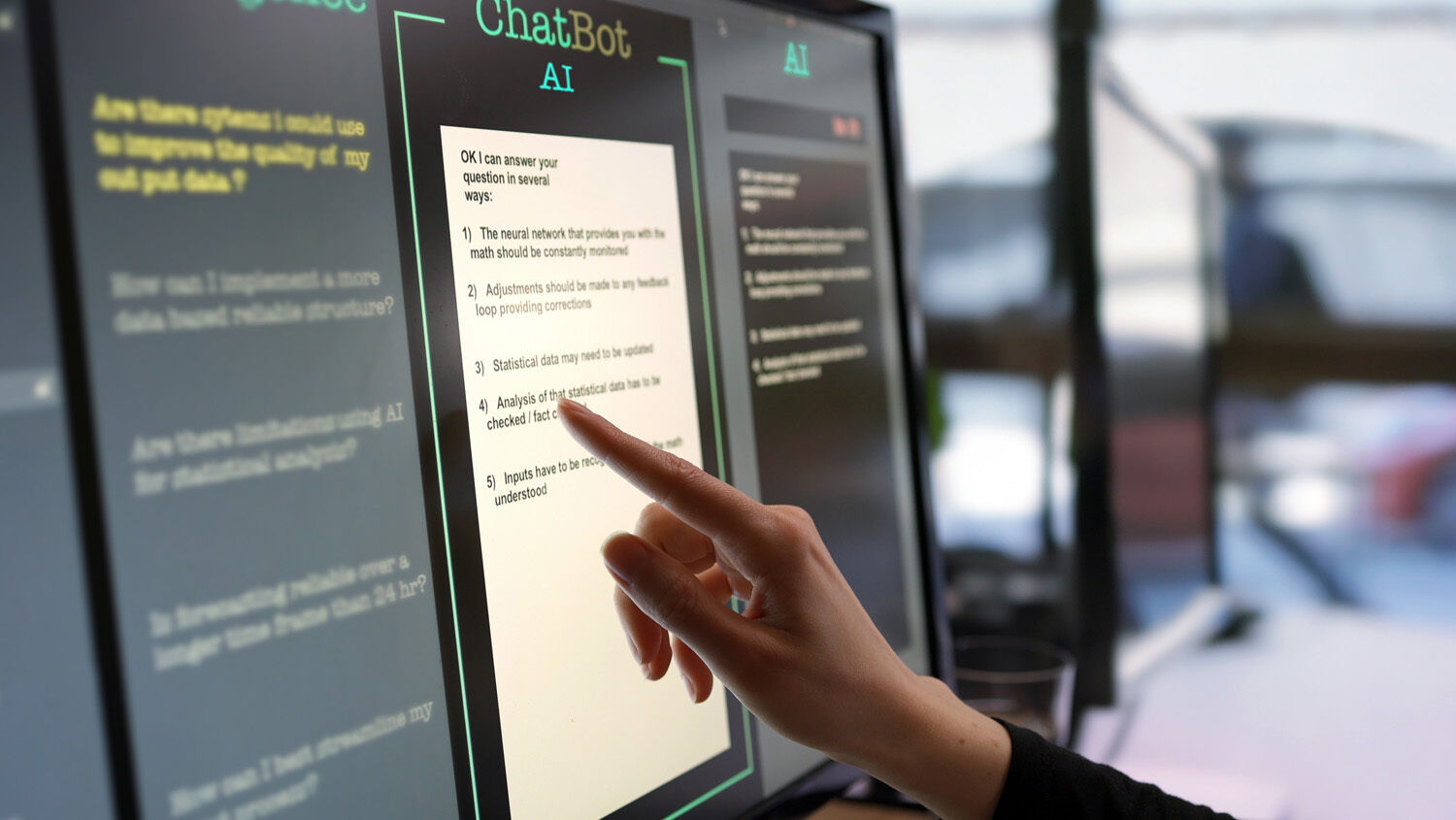
Guttenberg: AI Blurring the Lines Between Fiction and Truth
Fake news, conspiracy theories and lies have become more prevalent than ever. “Who can we believe anymore? The media? Politicians? No one?” Former German Defense Minister Karl-Theodor zu Guttenberg posed these questions to his LinkedIn followers on September 3. He warned: “With future technological possibilities, especially artificial intelligence, the boundaries between fiction and truth could blur even further.”
If you no longer trust the established media or politicians, you are not alone. Other than the Weather Channel, no media organization enjoys the trust of more than a third of the United States population, according to a 2023 study. Germans generally trust their media more than Americans, but even here we have seen a decline to a new low of 43 percent, according to the Reuters Institute for the Study of Journalism.
Edelman’s annual trust barometer, shared exclusively with Axios, shows that 56 percent of Americans agree with the statement, “Journalists and reporters are purposely trying to mislead people by saying things they know are false or gross exaggerations.”
That’s the battleground AI is entering.
Artificial intelligence is used for social media, microtargeting advertisements and personalized search algorithms to bring about “new ways of engaging with users, collecting their data and potentially influencing their behavior,” Marcello Ienca noted in his article “On Artificial Intelligence and Manipulation.” This can lead to “manipulation, as they offer unprecedented capabilities for targeting and influencing individuals on a large scale and in a more subtle, automated and pervasive manner than ever before.”
AI has no moral constraints and no perception of what is true and what is false. It can deploy fake news articles, social media posts, videos or fabricated interviews with public figures. Even if you know it’s fake, repetition makes the fake appear real. But the attack could be much more subtle.
Ivan Venyamin writes in Chapter 9 of Chat GPT: The Dark Side of (AI) Artificial Intelligence:
With sophisticated algorithms and data-driven decision-making, AI Systems can be designed to keep users engaged, even addicted, to certain products or services. … [This] addiction can be used as a tool for exploitation and manipulation, especially in the context of AI-generated misinformation and propaganda. By targeting vulnerable individuals and exploiting their addictive tendencies, malicious actors can use AI to spread false information or manipulate public opinion.
Over the millenniums, mankind has proved to be incredibly susceptible to lies. What we perceive as truth is far more than just a string of facts—it’s often a narrative. Facts can be used to give a false narrative. As more facts “prove” this perception, it becomes “truth” in people’s minds. Facts that disagree with the narrative are dismissed. This narrative may be that natural disasters are caused by carbon dioxide emissions, all Ukrainian freedom fighters are neo-Nazis, America is the cause of all evil, or a group of Jewish elites is ruling our world.
Some of these narratives have no truth to them, but there are true stories that give them credibility. The truth becomes more obscure once you start to believe a certain narrative.
After you believe the particular narrative, you may receive content that shows how people are suffering from that social, political or environmental issue. If you believe in climate change, you see more disasters. If you believe in the opposite, you see more stories about the negative consequences of so-called green energy. If you believe that America and capitalism is the cause of all evil, you see more stories that appear to prove this narrative. These reports may be true or slightly manipulated, but they are used to change your thinking and behavior.
In the end, you find yourself in a polarized, emotionally charged society with opposing views, each side believing they have to stop the other side.
The blurring of truth and lies is a dangerous weapon. In America, this may lead to a civil war. But history shows that there are additional dangers. Adolf Hitler used this weapon in a masterful way to seek the destruction of a race and to start the deadliest war in history. Millions believed his words and were willing to fight for what they perceived as truth.
AI is not really the danger here. Technological advances are only as dangerous as the humans controlling them. But the Bible warns of an end-time leader who will rise up and “cast down the truth to the ground” (Daniel 8:12). After the lines between truth and lies are blurred, he will lead our polarized world to war. “And through his policy also he shall cause craft to prosper in his hand; and he shall magnify himself in his heart, and by peace shall destroy many: he shall also stand up against the Prince of princes; but he shall be broken without hand” (verse 25).
How this man will rise and deceive mankind is explained in detail in our free booklet Nahum—An End-Time Prophecy for Germany.
What is truth, and how can we guard against lies? The Bible reveals the only answer. God’s Word is truth (John 17:17). Only His coming government will be able to preserve it on a global scale.
